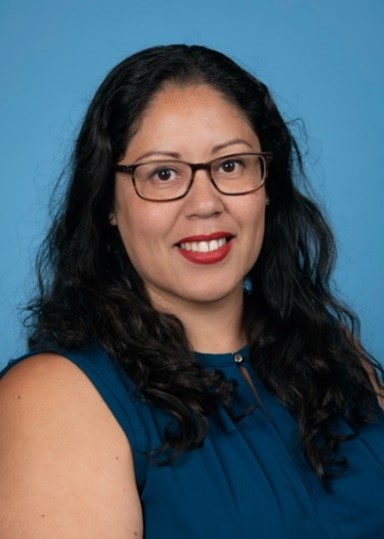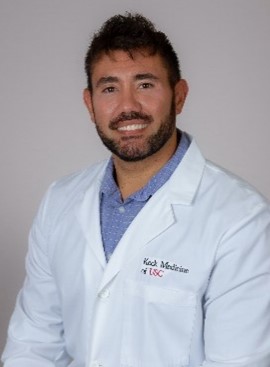This blog is from the National Institute of General Medical Sciences, one of the National Institutes of Health in the U.S. Department of Health and Human Services. By supporting basic biomedical research and training nationwide, NIGMS lays the foundation for advances in disease diagnosis, treatment, and prevention.
Biomedical Beat highlights NIGMS-funded research and scientists, as well as images and tools that help illustrate biomedical concepts and advances to the general public. Our Educator's Corner is a free resource is designed for educators to build on the existing NIH STEM content, like topics from our Pathways magazines and other basic science areas, through the integration of supplemental material in Biomedical Beat blog posts.
We encourage you to share the articles.

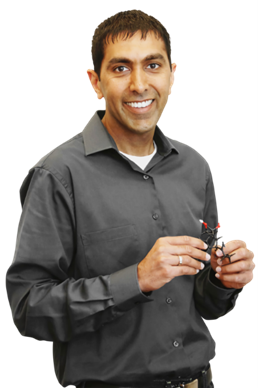
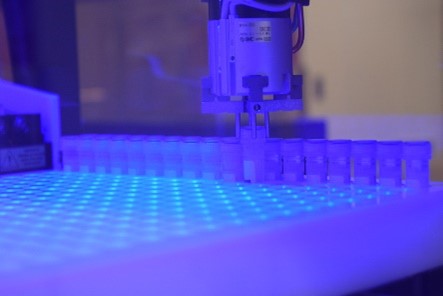
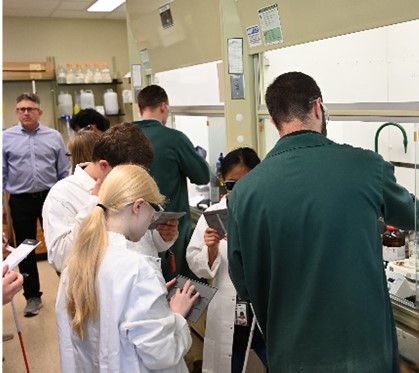
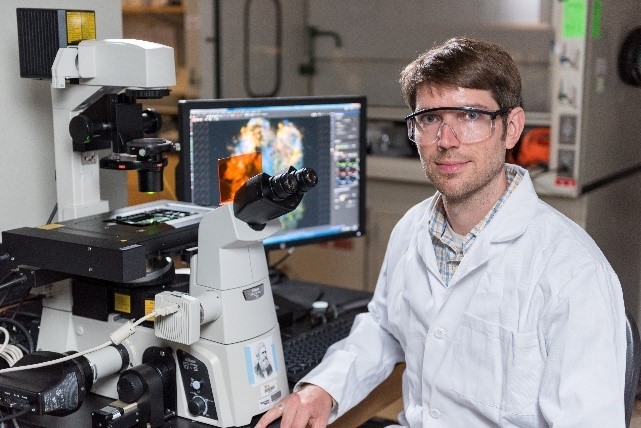
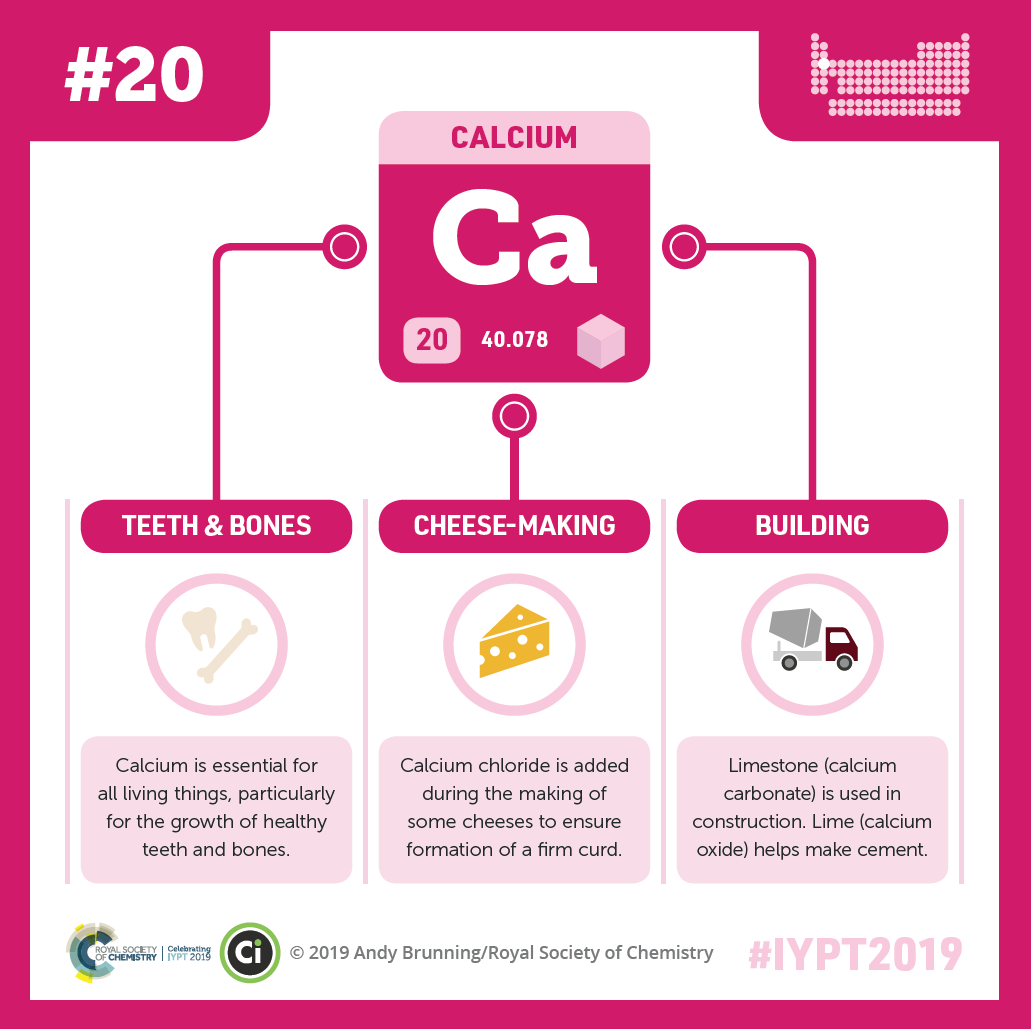 Calcium keeps your bones strong, allows your muscles to move, and is important for many other bodily functions. The element is found in foods, medicines, and the world around us. Credit: Compound Interest
Calcium keeps your bones strong, allows your muscles to move, and is important for many other bodily functions. The element is found in foods, medicines, and the world around us. Credit: Compound Interest 